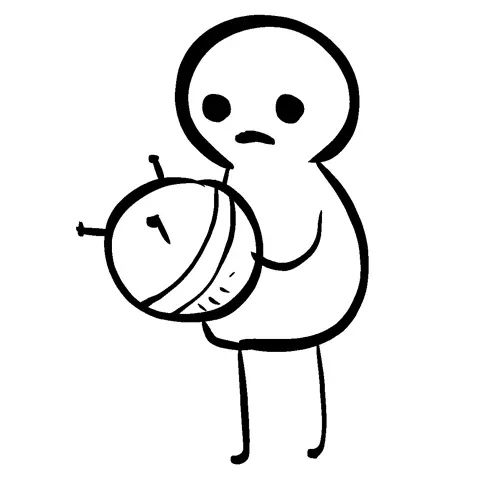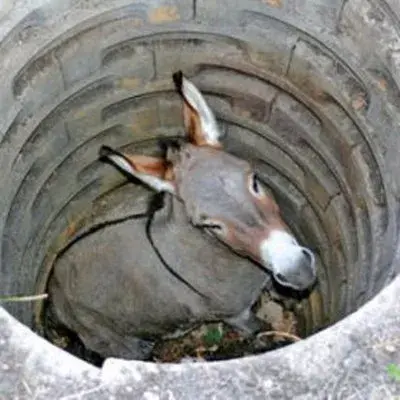
yeah, the emergency kill switch had the full power going through it. I did something similar with relays on the back with the initial esp32 control, where if the relays were powered but no signal was sent to the relays, it would close the brake pins on the cheaper ESC’s as another safety feature.
it was kinda cool, a little kid (like, elementary school aged) came up and was asking about the project, with his dad right behind him. the kids questions were all pretty much around how he could potentially make something similar. I answered them in an age understandable way, but also walked through all the different potential failures and how it related to saftey, and how I added things like the relays, battery fuse, and cut off switch to mitigate the risks. basically saying “yeah, making something like this is dangerous, but you shouldn’t let that get in the way of making your ideas a reality - its just important to walk through those risks and mitigate them as best as you can, and think if you can reach an acceptable risk before you spend money and time”. The dad didn’t say anything, but i could tell he was beaming since the kid was realizing all the safety stuff, and realizing that thinking through that stuff is very important. about 1/2 way through, the kid was just asking more safety related questions haha






yeah, i went the past 2 years. sadly driving a project down wasn’t in the cards. Both times i brought a body mounted project though. First year it was a 3d printed cat treat dispenser that would track the distance my cat runs on a cat wheel, then gives him a single treat after he runs a certain amount. I had a mini version mounted on my chest. This past year, i brought some arm mounted EDF’s that I plan on using to propel myself on skiis in the snow. I plan on making videos about both eventually, but im trying to space out larger projects like those (and the cooler kart) with smaller ones :)